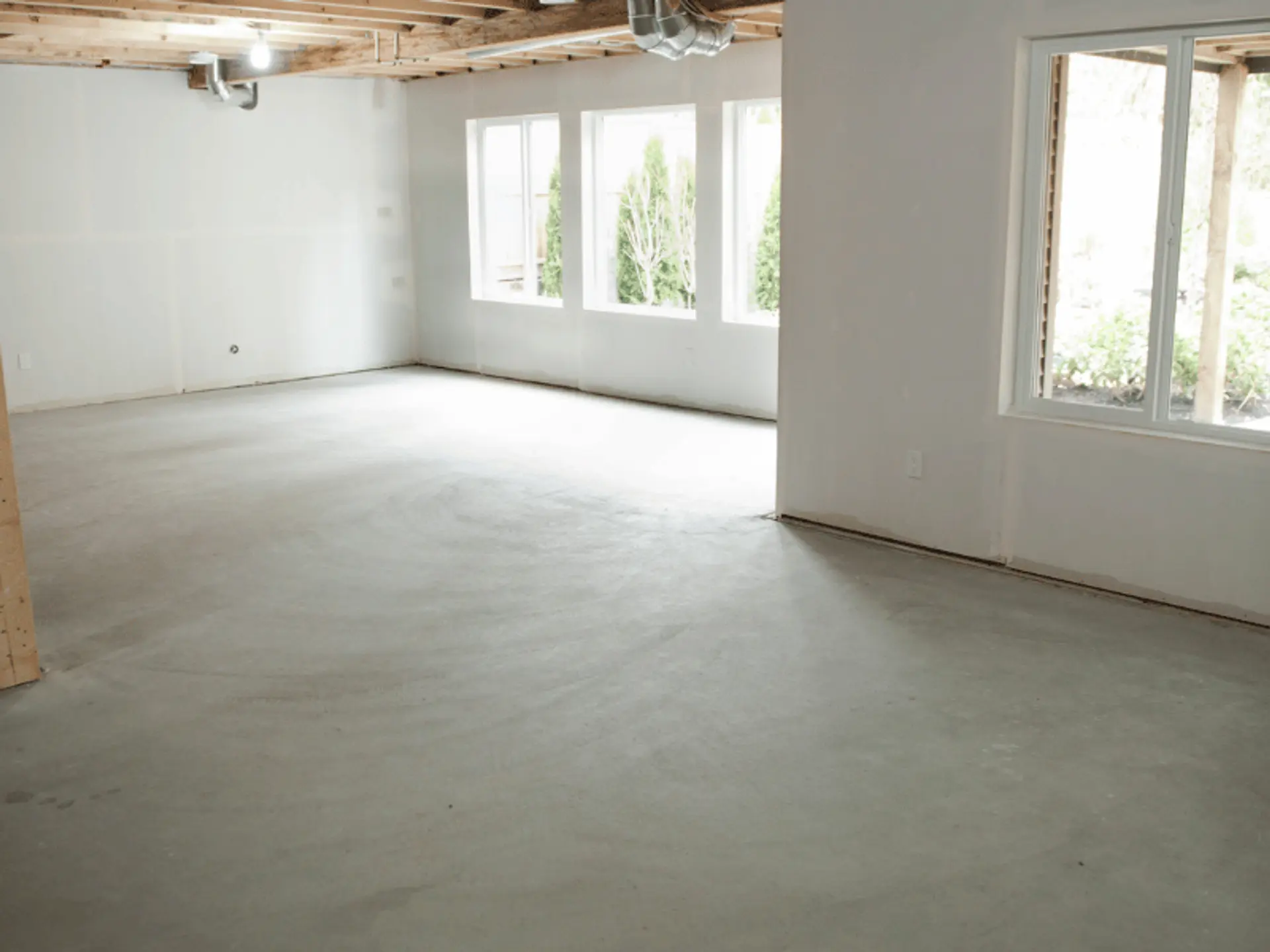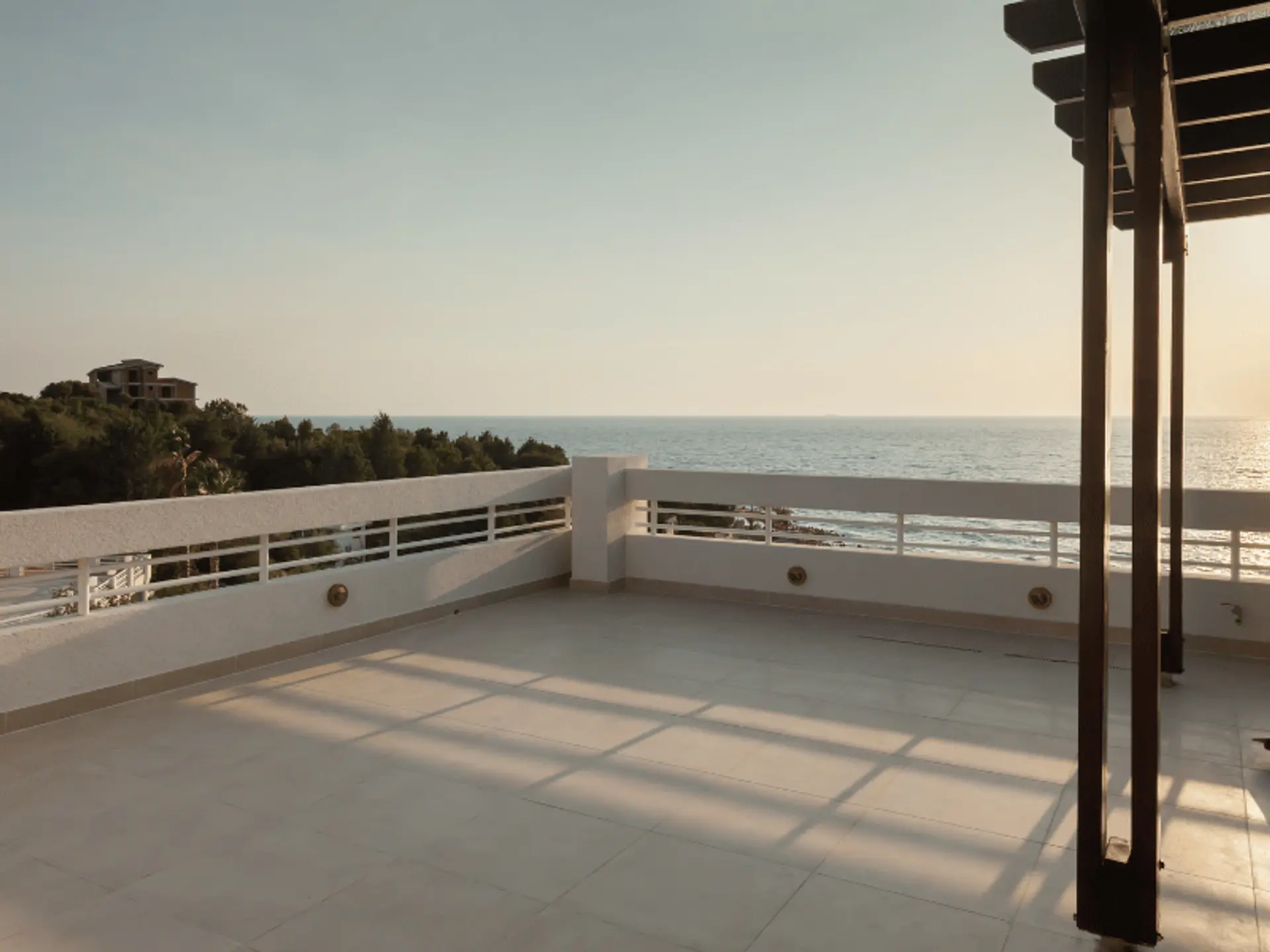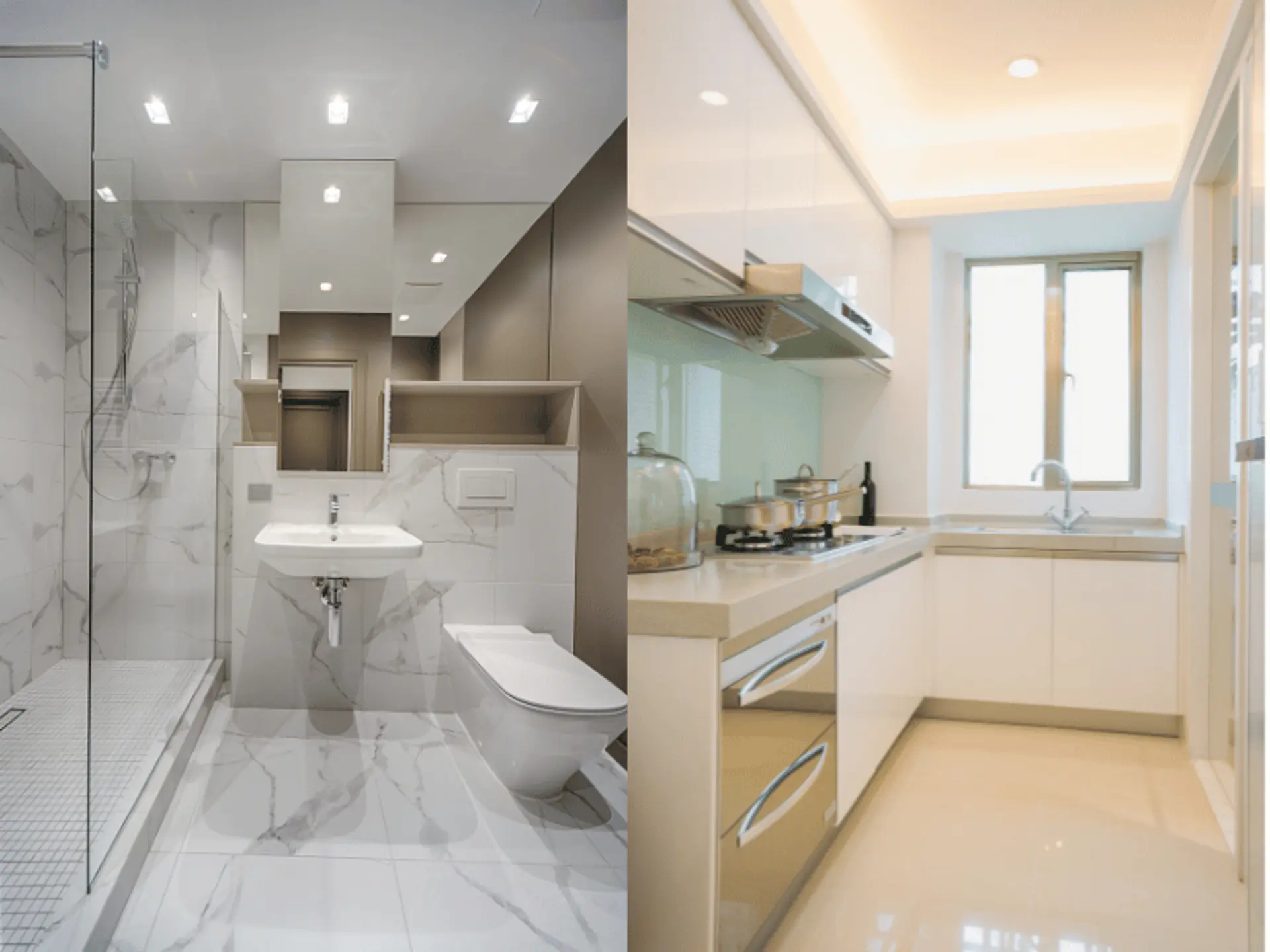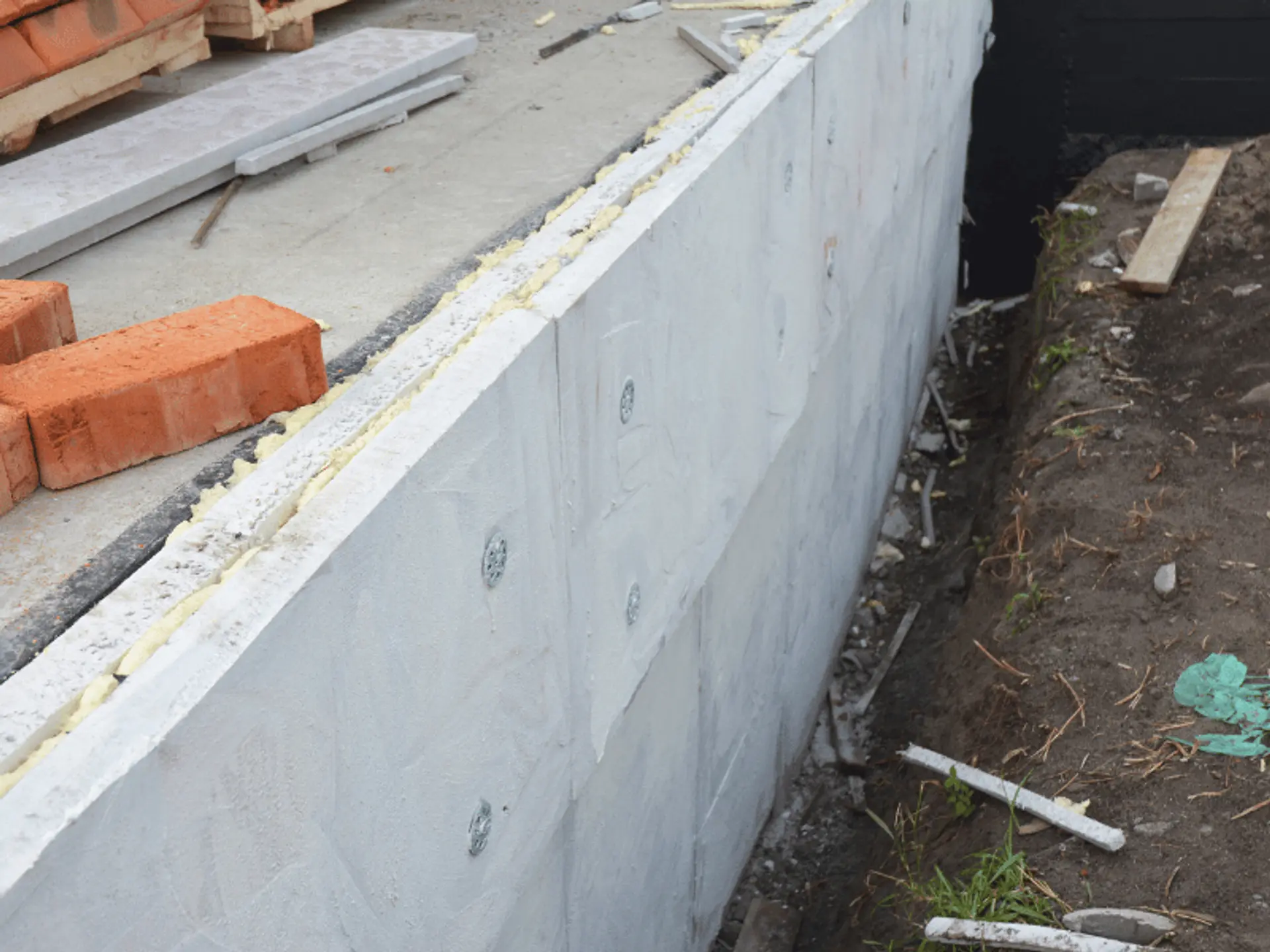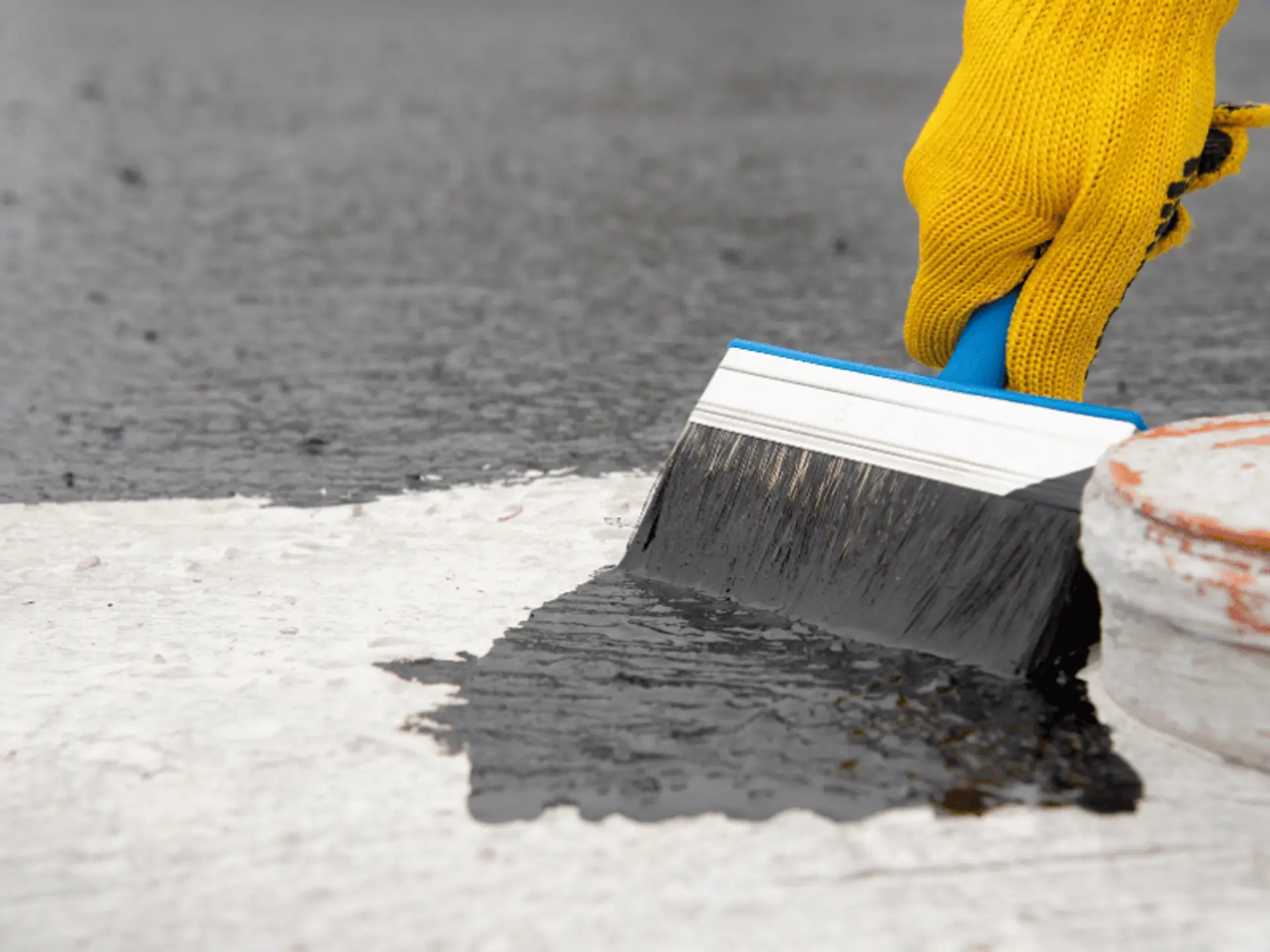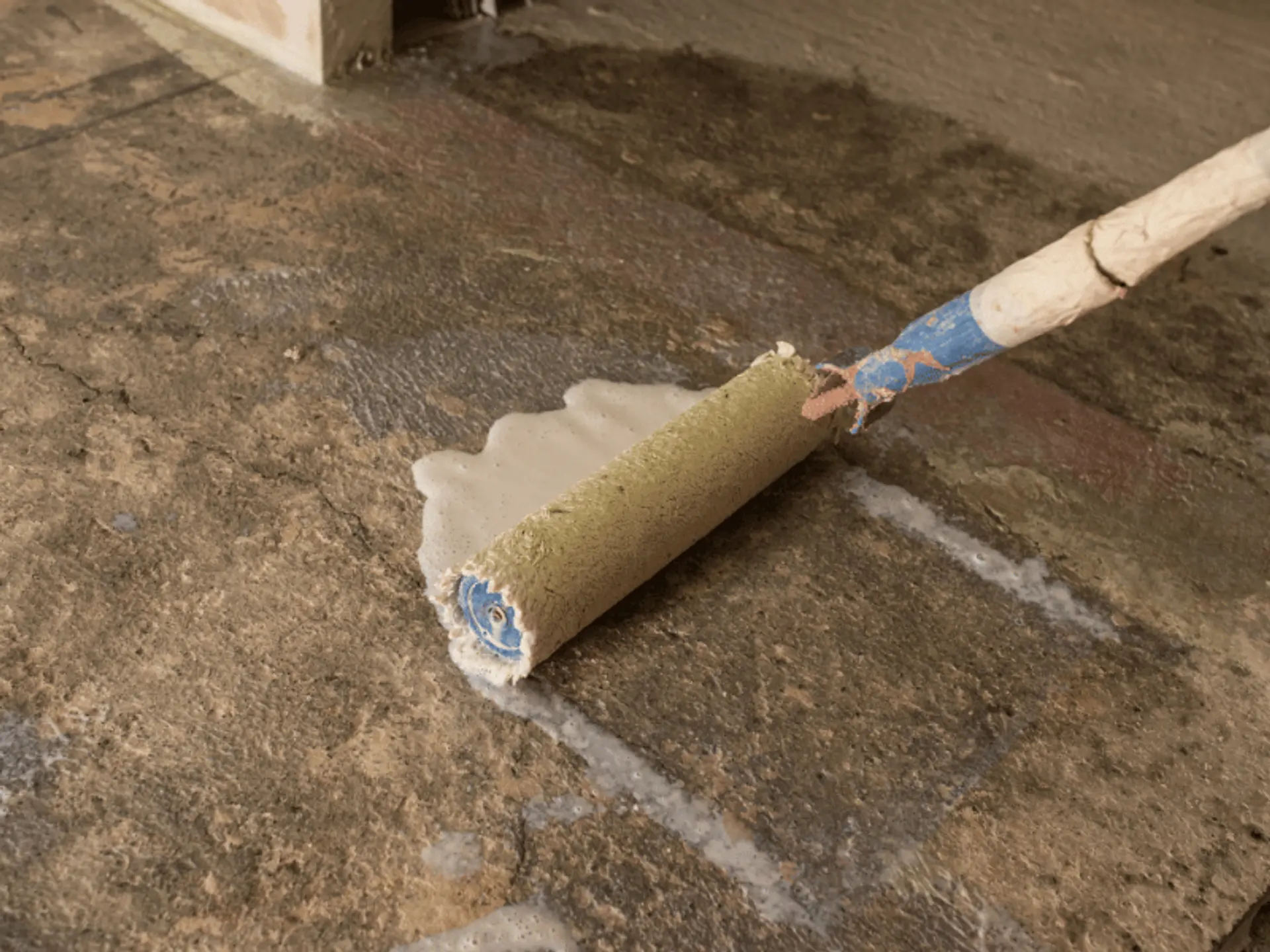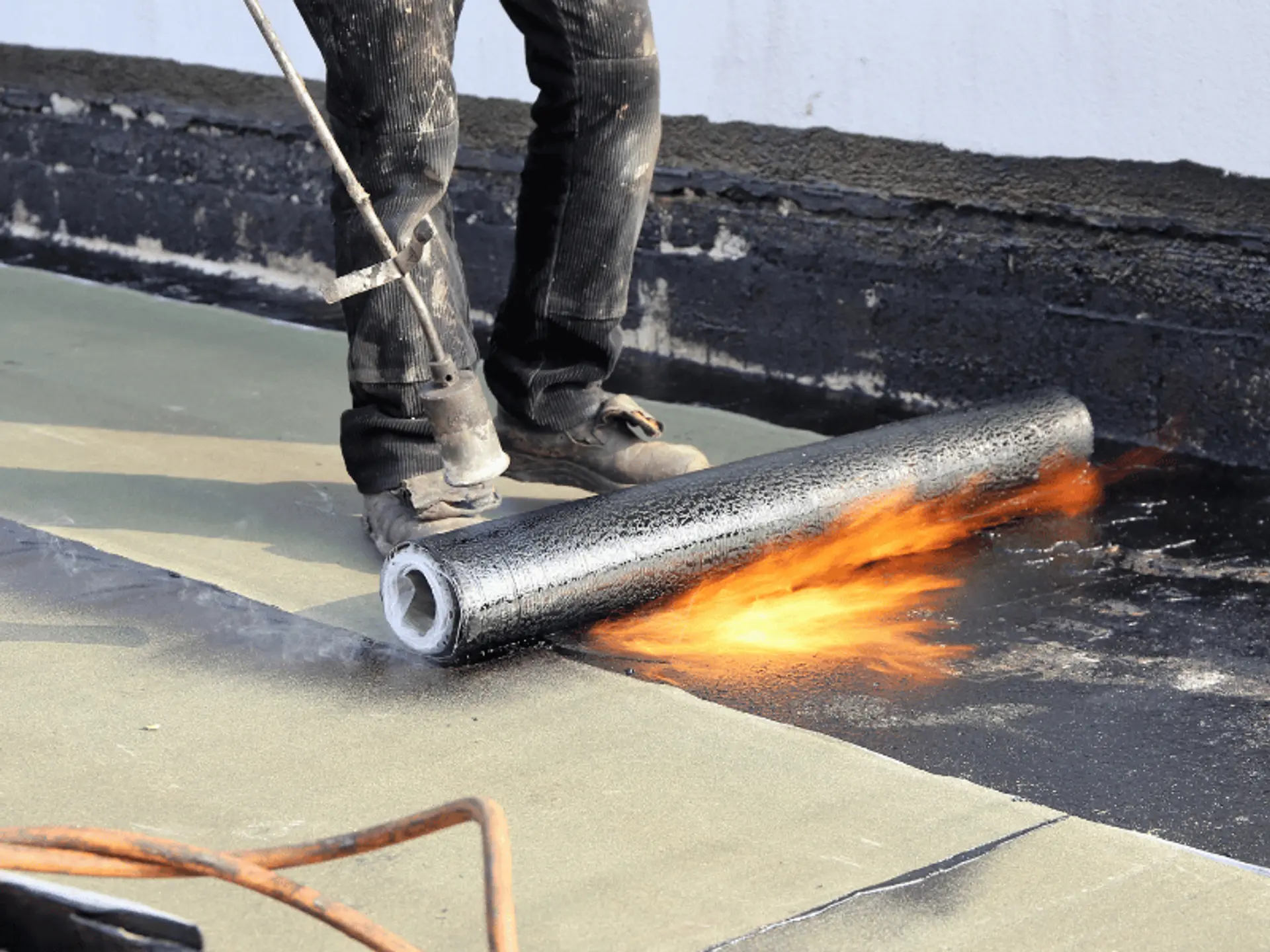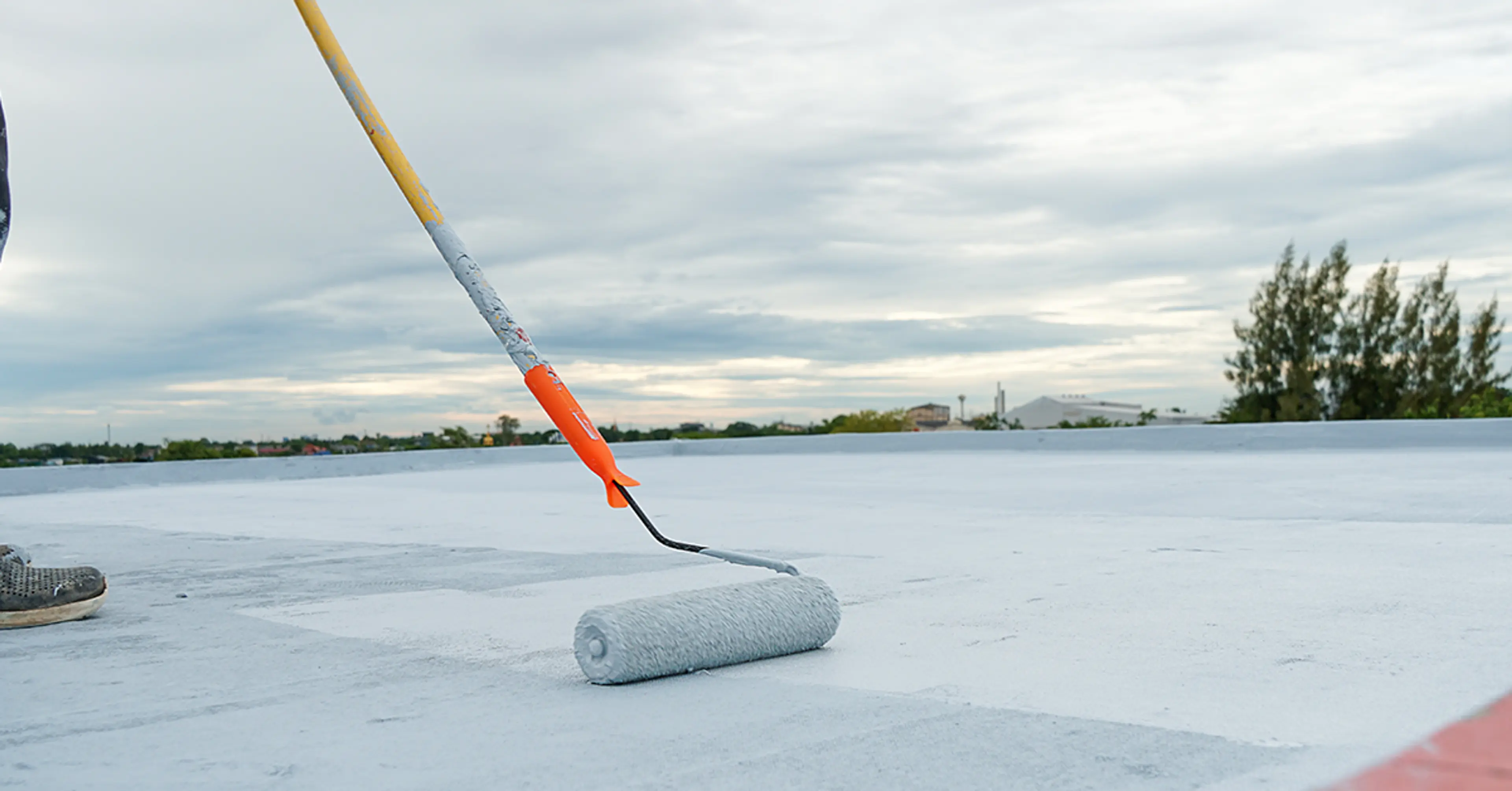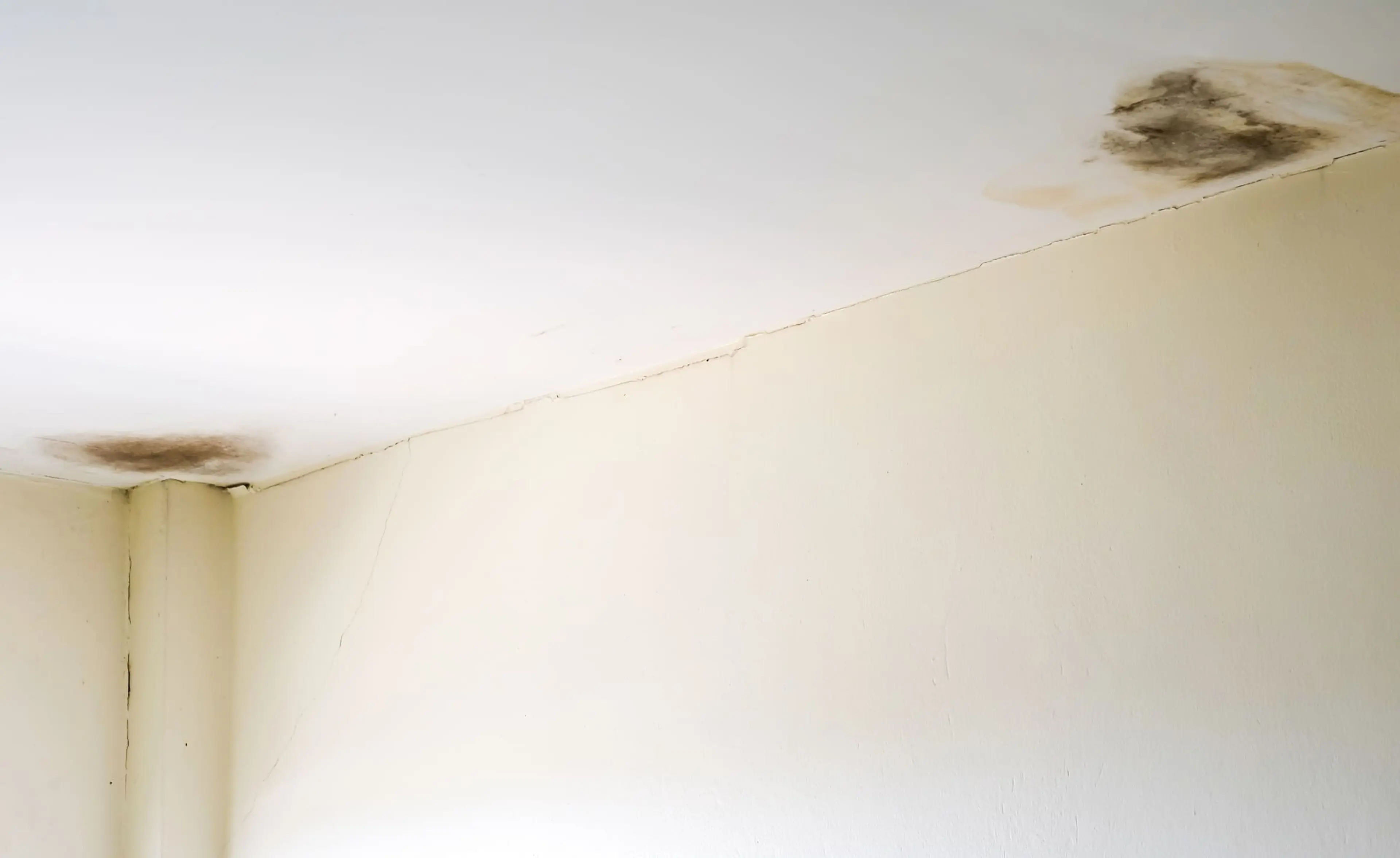Waterproofing Procedure And Methods For Different Areas Of Your House

 Jul , 2025
Jul , 2025- Waterproofing
- 5 Min Read
Waterproofing is an essential aspect of maintaining a safe and durable home. It protects your property from water seepage and damage, preventing costly repairs and potential health hazards. In this blog, we will discuss the importance of waterproofing, explore different areas that require waterproofing, identify common causes of water seepage, understand how to detect water damage and delve into various types of waterproofing methods. Additionally, we will provide insights on factors to consider when choosing a waterproofing method and outline specific waterproofing procedures for different areas of your home. With Berger Paints’ scientific waterproofing solutions, you can safeguard your house effectively.
Importance Of Waterproofing In Your Home
Waterproofing plays a vital role in maintaining the structural integrity of your home and protecting it from water-related issues. By implementing proper waterproofing measures, you can prevent water seepage, dampness, mould growth, and damage to various building components. Waterproofing not only ensures a longer lifespan for your property but also enhances its overall value. It is crucial to address waterproofing concerns in different areas of your house to ensure a dry and secure living environment.
Traditional vs Scientific Waterproofing: What Sets Them Apart?
Water can be a silent saboteur, creeping into tiny cracks and slowly weakening a building. That is why most builders, architects, and homeowners explore types of waterproofing very early in a project. Yet not every approach is born equal. Traditional methods often rely on bulk materials that block water at the surface, while scientific methods work at a molecular level to repel or crystallise moisture inside the substrate. Understanding the gap between the two helps you choose the right shield for every slab, wall, or terrace. Read on to know more about waterproofing types in construction.
Understanding Different Areas That Require Waterproofing
Basements And Cellars
Basements and cellars are prone to water seepage due to their below-ground location. Factors such as hydrostatic pressure, inadequate drainage, and cracks in the foundation can lead to water infiltration. Waterproofing these areas is essential to prevent water damage, dampness, and mold growth, which can compromise the structural stability of the building.
Roofs And Terraces
Roofs and terraces are exposed to harsh weather conditions and are particularly vulnerable to water penetration. Cracks, inadequate slope, and improper drainage can result in roof leaks and subsequent damage. Effective roof waterproofing methods and terrace waterproofing methods are recommended to protect your home from water seepage.
Bathrooms And Kitchens
Bathrooms and kitchens are high-moisture areas where water usage is frequent. Improper waterproofing in these spaces can lead to water seepage, causing damage to walls, floors, and adjacent areas. It is vital to employ effective bathroom waterproofing procedures to prevent moisture-related problems, such as mould growth and deterioration of fixtures and surfaces.
Foundation And Walls
The foundation and walls of your house are the primary defense against water intrusion. However, cracks, faulty drainage systems, and poor construction practices can result in water seepage and dampness. Waterproofing the foundation and walls is crucial to maintain the structural integrity of your home and prevent moisture-related issues.
Common Causes Of Water Seepage And Damage
Understanding the common causes of water seepage and damage is essential to identify the areas that require immediate waterproofing attention.
- Cracks in the foundation or walls
- Poor drainage systems
- Inadequate slope on roofs and terraces
- Damaged or deteriorated waterproofing layers
- Plumbing leaks or faulty pipe installations
- Improperly sealed joints and gaps
How To Identify Water Seepage And Damage
Detecting water seepage and damage in your home is crucial to address the issue promptly.
- Damp or wet spots on walls, ceilings, or floors
- Musty odours or mold growth
- Peeling paint or wallpaper
- Cracked or deteriorated surfaces
- Efflorescence (white deposits) on walls
- Stains or discoloration
Types Of Waterproofing Methods
The construction industry recognises many types of waterproofing, each tailored to a particular location or stress point. Below is an overview of the most common families:
Cementitious Waterproofing
A powder-plus-liquid slurry brushed onto damp concrete. It is among the oldest types of waterproofing in construction because it is simple, affordable, and ideal for water tanks, wet areas, and basement waterproofing.
Liquid Waterproofing
The category will give a smooth finish using roller, brain, or spray. Liquid waterproofing includes polymer-modified cement, acrylic emulsions and epoxy blends. It offers a smooth finish which fills in hairline cracks and fits to rough surfaces.
Bituminous Membrane Coating
A cold-applied viscous liquid that cures into a rubbery layer. Because it has no joints, it sits comfortably among the types of roof waterproofing preferred for complicated details and pipe penetrations.
Polyurethane Liquid Membrane
A single-component resin that hardens into a tough elastic skin. It is popular for podium decks, balconies, and sunken waterproofing in bathrooms where movement and chemical resistance matter.
Waterproofing Procedures For Different Areas Of Your Home
Know the different procedures for different areas in your
Waterproofing Basements And Cellars:
- Clean the area and repair any cracks or damage.
- Apply a cementitious waterproofing coating or a liquid membrane.
- Ensure proper drainage and install a sump pump if required.
Waterproofing Roofs And Terraces:
- Inspect the roof for cracks, leaks, and damaged surfaces.
- Repair any identified issues.
- Apply a suitable waterproofing method, such as a liquid membrane or bituminous coating.
Waterproofing Bathrooms And Kitchens:
- Prepare the surfaces by removing old sealants or coatings.
- Repair any cracks or damage.
- Apply an acrylic waterproofing coating to the walls and floors.
- Pay special attention to areas around sinks, showers, and pipes.
Waterproofing Foundation And Walls:
- Clean and inspect the walls for cracks and damage.
- Repair any identified issues using suitable sealants or repair compounds.
- Apply a cementitious waterproofing coating or other appropriate methods.
Post Waterproofing Maintenance Tips For Long Term Protection
Regardless of the types of waterproofing installed, periodic checks keep the barrier healthy:
- Visual inspection: Look for blisters, punctures, or exposed laps twice a year, especially after heavy rain.
- Prompt repair: Seal small cracks with compatible sealant before they widen.
- Clean drainage: Blocked outlets can turn a terrace into a pond and overload even the best types of terrace waterproofing.
- Protect from impact: Heavy planters or sharp tools can damage certain sheets. Use protective tiles or boards in such zones.
- Monitor joints: Expansion joints move; refill sealant as per manufacturer guidance. By following these steps, all types of foundation waterproofing remain effective for decades.
Benefits Of Berger Scientific Waterproofing
Berger’s scientific range combines advanced polymers with on-site support to deliver consistent results:
- Deep penetration: Its formulations use micro-particles that enter pores, similar to crystalline waterproofing, rather than merely coating the surface.
- High elasticity: Membranes stretch with seasonal thermal cycles, reducing the risk of splits.
- Tailored systems: Special primers, top-coats, and detailing accessories cover waterproofing methods for roof, podium, or retaining wall in one kit.
- User guidance: The brand publishes clear specifications and offers trained applicators, ensuring the right waterproofing products reach the right site.
Conclusion
Choosing the right types of waterproofing is not guesswork. A reliable assessor studies load, weather, and usage, then matches them to proven systems. Today’s market spans different types of waterproofing from simple slurry coats to high-tech membranes. Whether you need protection for a terrace, a retaining wall, or a sunken slab, there are types of waterproofing methods that fit. The key lies in matching the method to the structure. That’s where a waterproofing recommender comes in handy. It helps you decide which material and system fit your space best, based on surface type, moisture levels, and usage.
Take advice from a skilled professional, invest in quality materials, and schedule routine upkeep. By doing so, the many types of waterproofing available now will guard your building for years and ensure dry, sound spaces throughout its life.
check for any query you have about the blog
Frequently Asked Questions
Compare building movement, expected foot traffic, and climate. Seamless membranes suit complex details, while sheets give predictable thickness for open areas.
In British codes, type B refers to integral systems where the concrete itself resists water ingress, much like crystalline technology.
Use root-resistant sheets plus a protection board, then add insulation and drainage panels. This layered build-up complements types of waterproofing on terrace exposed to planters.
Hybrid systems often perform well. For example, a polyurethane coat over a cementitious base merges rigidity with flexibility, covering types of membrane waterproofing and coatings in one assembly.
Check annually for efflorescence or musty smells; early signs allow quick sealing before water travels through cracks.

